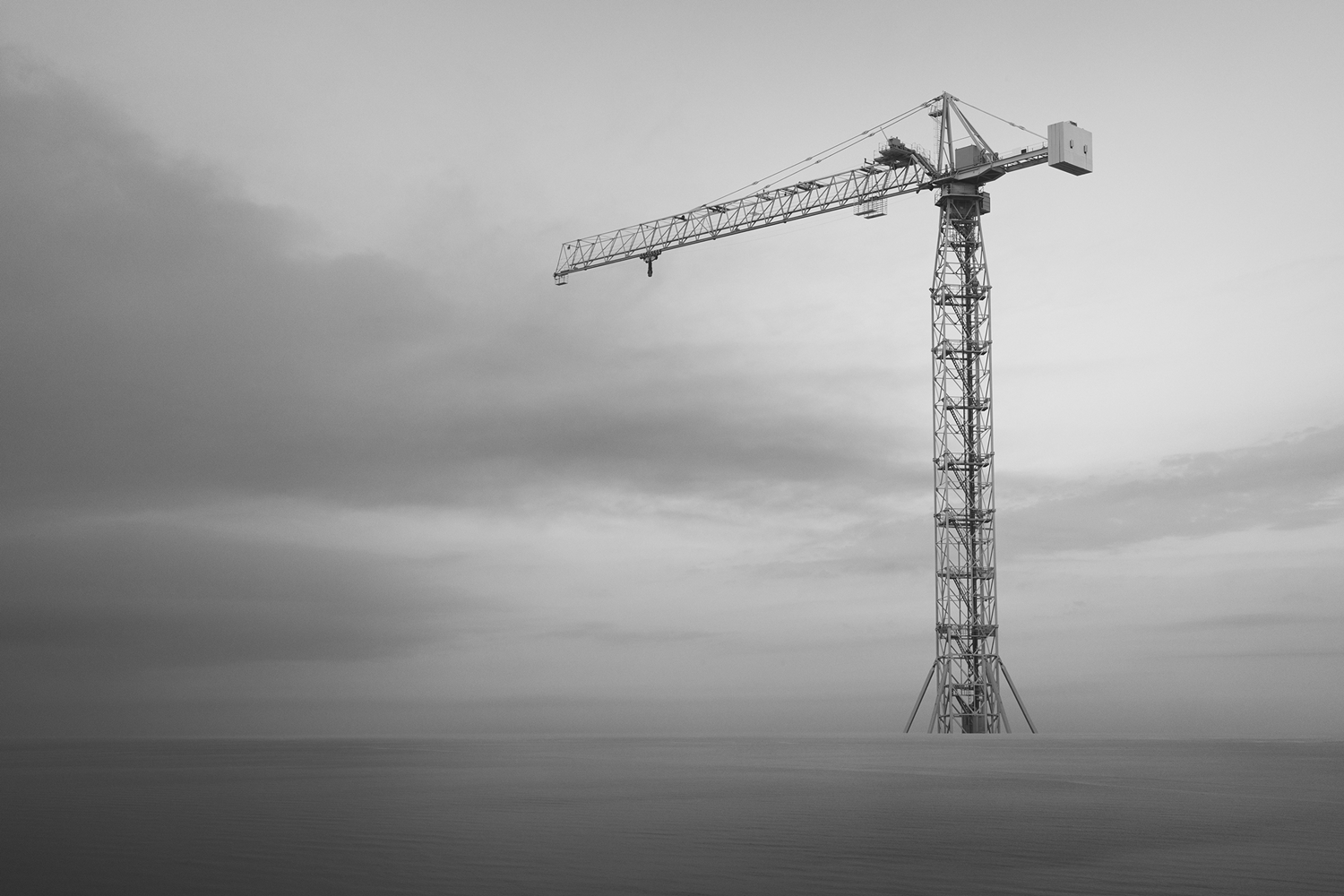The chimney came to me that day.
The day he came down holding a Guinness world record.
He had finally touched the ground after 408 days, but was being taken to a detention center.
Reporters swarmed around him, asking for his thoughts.
"I fear that the 408-day record might become some standard for ...
The chimney came to me that day.
The day he came down holding a Guinness world record.
He had finally touched the ground after 408 days, but was being taken to a detention center.
Reporters swarmed around him, asking for his thoughts.
"I fear that the 408-day record might become some standard for someone who must endure the sky."
I tossed and turned for a long time over those weighty words.
I went to Gumi. For a while, I looked up at the chimney.
Up there, a finite being had begun an infinite struggle.
How lonely must it be to not be able to imagine an end?
When faced with absurd problems, some people leave that place.
They avoid the muddy fight to protect themselves.
Conversely, some people remain in the conflict.
Knowing it's a tilted playing field, they dream of change instead of resignation.
I traced the footsteps of over 130 places where high-altitude sit-ins had occurred since 2000.
Most had disappeared, but some still remained.
Eventually, they would all disappear without a trace.
Those places were the last choice for people driven to the edge of a cliff.
Those who climbed there
shook when the structure shook,
and heated up when the structure heated up.
As if they had become part of that structure.
Those places where their time dwelled and their wishes were embedded
could no longer be mere industrial structures.
I carefully recorded the places that still remained.
Just walking along the path that high-altitude protesters had walked was enough to make my chest feel heavy.
Sometimes I went to see the sea. At sunset, the sea smelled of tears.
Just as I didn't know the depth of that sea, I didn't know the depth of the sorrow they had experienced.
What are you doing there?!
This question, which should have been asked to those who climbed to precarious places,
to the heartless capital that pushed their backs,
to the state that protected capital over its citizens,
was directed toward the sky.
The sky was indifferent and beautiful.
Was it perhaps because of the world's enormous noise
that we couldn't hear the sounds we should have heard,
that those who dreamed of a better world had to be so high, lonely, and desolate for so long?
At the sites of high-altitude sit-ins, I first wiped away the noise of factories or the clamor of cities.
I also removed words that were polluted, worn out, or had lost their meaning.
The vertical structures, made of only the minimum necessary structure without any aesthetic pretension,
reminded me of the workers.
What was condensed there could be called sorrow or hope.
I decided to move those places where they grasped a handful of hope and faced their limits every day
to the end of my vision, to that horizon that appears to be at the edge of the world.
The horizon doesn't actually exist.
It's an optical illusion and a mirage; that place is not the end of the world. I liked that about it.
I erected those places where they stood bare against the pressure of capital that demanded,
"You are a worthless human being who deserves such treatment,"
'upright' on the horizon.
As totems for those who were broken, expelled, and scattered by the cold cruelty of capitalism.
The world calls them the weak, but to me, they are superhumans.
Lone individuals who faced the world with superhuman endurance.
Superhumans who came riding chimneys instead of white horses.
.jpg)
.jpg)
.jpg)
.jpg)
.jpg)
.jpg)

.jpg)
.jpg)
.jpg)
.jpg)
.jpg)
.jpg)
.jpg)
.jpg)
.jpg)
.jpg)
.jpg)
.jpg)
.jpg)
.jpg)
.jpg)
.jpg)
.jpg)
.jpg)
.jpg)
.jpg)
.jpg)
.jpg)
.jpg)
.jpg)
.jpg)
.jpg)